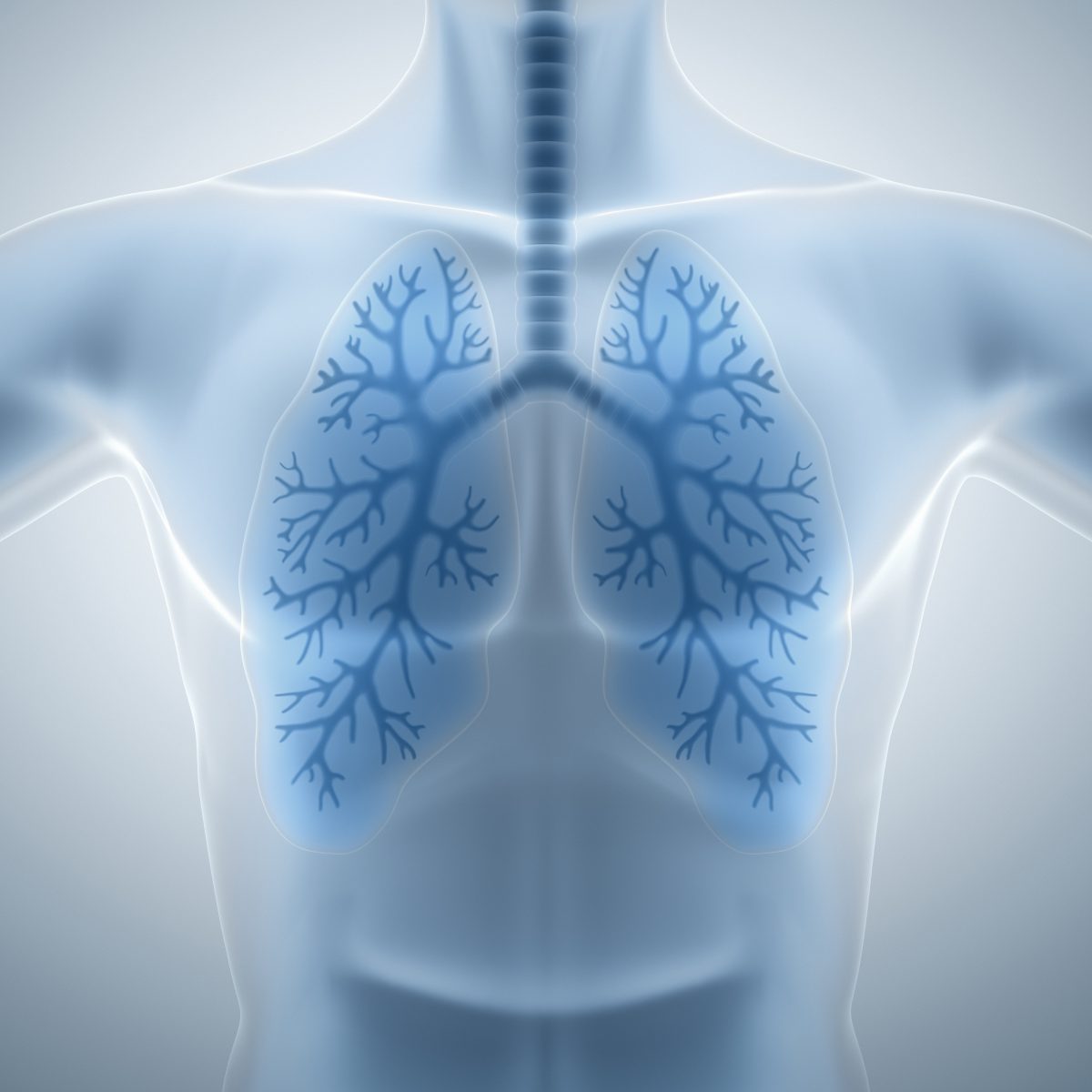Researchers Develop New Strategy for Delivering Small Volumes of Drug Agents into the Lungs

In a recent study published in the journal Proceedings of the National Academy of Sciences (PNAS), a team of researchers from Columbia Engineering and Columbia University Medical Center (CUMC) have developed a new strategy for delivering small volumes of drug agents into the lungs.
Effective treatment strategies for lung diseases such as pulmonary fibrosis, cystic fibrosis, tuberculosis, bronchopneumonia, and lung cancer would involve a small, highly concentrated dose of drug delivered directly to the pathologic site. Unfortunately, delivery of a precise drug dose to specific sites in the lung is challenging using conventional systemic drug administration methods, resulting in inefficient treatments for many lung diseases.
Orally administered drugs often require high doses to achieve therapeutic effects due to first-pass metabolism, which in turn leads to systemic side effects. Although drugs administered via i.v. can avoid first-pass metabolism, they can still incur a range of side effects.
The new method involves the use of micro-liters of liquid that contain a drug that are implanted into the lung. These micro-liters then distribute the drug agent in the wanted lung region.
“We envision that our micro-volume liquid instillation approach will enable predictable drug concentrations at the target site, reducing the amount of drug required for effective disease treatment with significantly reduced side effects,” said in a news release Gordana Vunjak-Novakovic, Mikati Foundation Professor of Biomedical Engineering and professor of medical sciences (in Medicine), who supervised the work in her Laboratory for Stem Cells and Tissue Engineering.
The researchers’ challenge was to understand the complexity of the lungs’ structure that provides the vital function of oxygen and carbon dioxide exchange in blood. Both the tissue architecture and the air flow change dramatically along the 24 generations of the lung airway, from the large bronchus down to the alveoli.
The research team noted that the distance a liquid plug travels in the lung before being absorbed as liquid film can alternate by changing the regime of ventilation and the plug volume. By studying liquid plugs in simple glass tubes, the researchers studied liquid plugs in simple glass tubes and created a mathematical model describing the process of liquid transport in each generation of the airway tree.
The researchers used the model with the aim of determining the volume of liquid plug and the parameters of programmed ventilation for delivery into a specific are of the lung. The predictions derived from the model, with the use of three imaging modalities, showed targeted liquid film deposition in ventilated lungs.
“Liquid instillation has been used for providing lung surfactant to the entire lungs in premature infants that cannot produce enough surfactant to breathe normally,” Kim observes. “Although liquid instillation has great therapeutic potential, its applications have been unexplored, largely because of limited understanding of the liquid transport in the lung airways. We are very excited about the implications of our work.”
“This study is truly emblematic of how biomedical research is conducted at Columbia University”, said Vunjak-Novakovic regarding the fact the project includes a lung transplant surgeon, three biomedical engineers and a pulmonologist
The team will continue their work and is now planning to confirm treatment of lung conditions including airway infections and cystic fibrosis, using their liquid instillation method to deliver the treatment drugs.
“We are fascinated by the opportunities that bioengineering approaches offer to more effectively treat lung disease,” Vunjak-Novakovic added. “The lung is a hugely complex organ that has billions of cells within a hierarchically organized tissue that cannot be built from scratch. Four years ago, we started research of lung regeneration using stem cells and bioengineering methods. And we continue to work with our clinical colleagues to develop new treatment approaches for treating lung disease.”
The researchers further mentioned that the theoretical and experimental studies presented here demonstrate that the instillation of liquid microvolumes could provide localized delivery of drugs at precisely known volumes and concentrations into targeted regions of the lung to treat a wide range of lung diseases.







